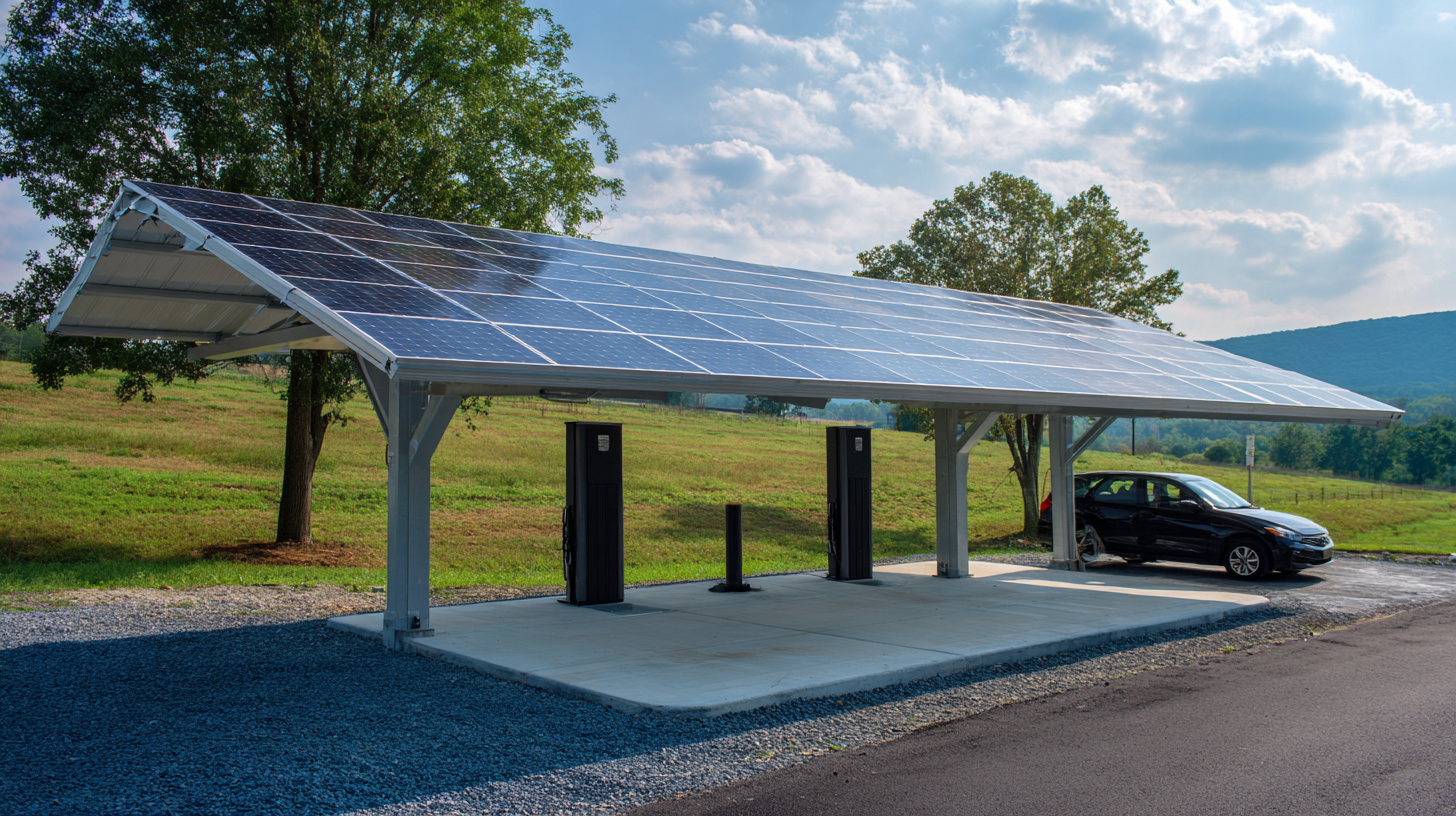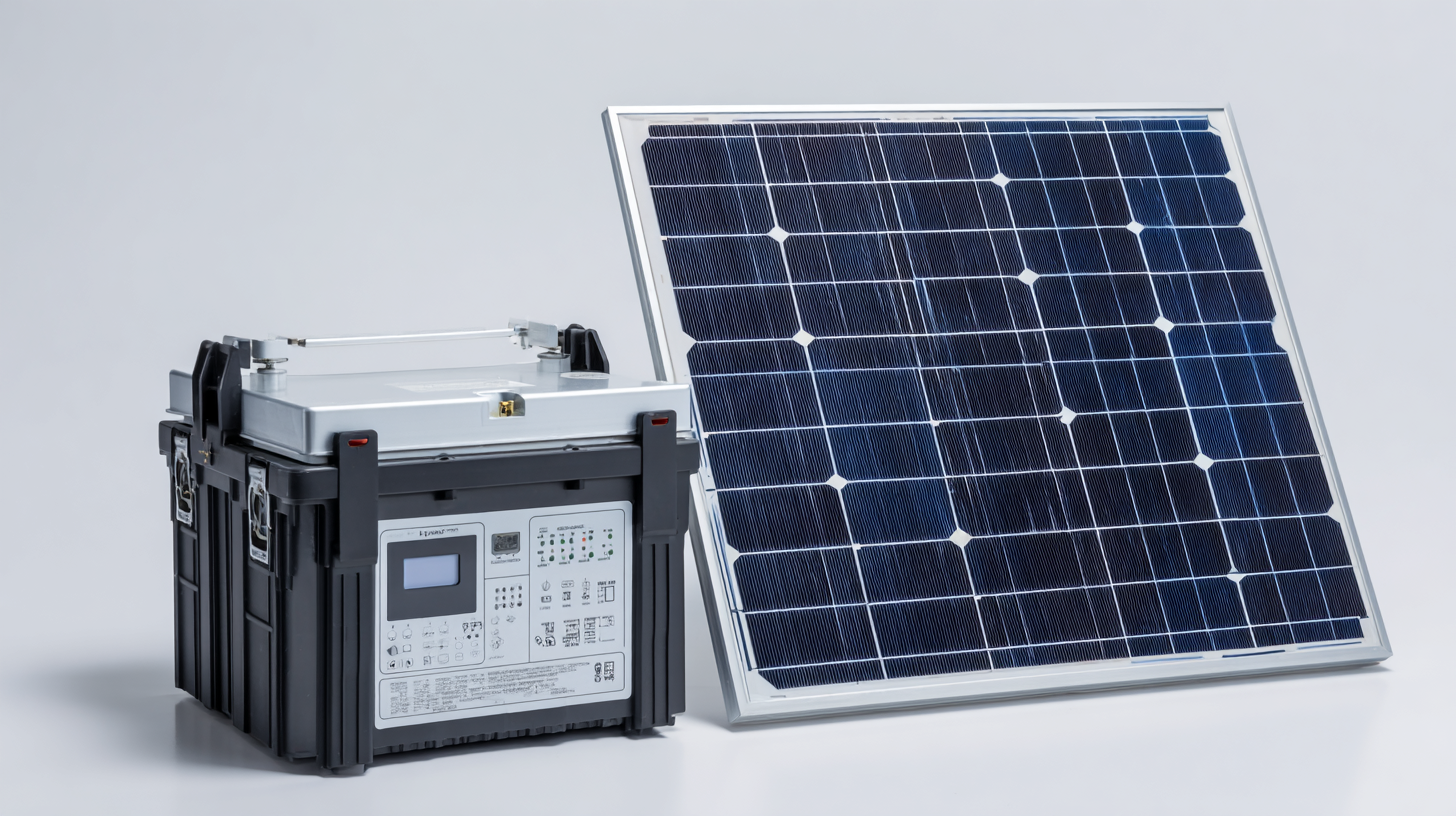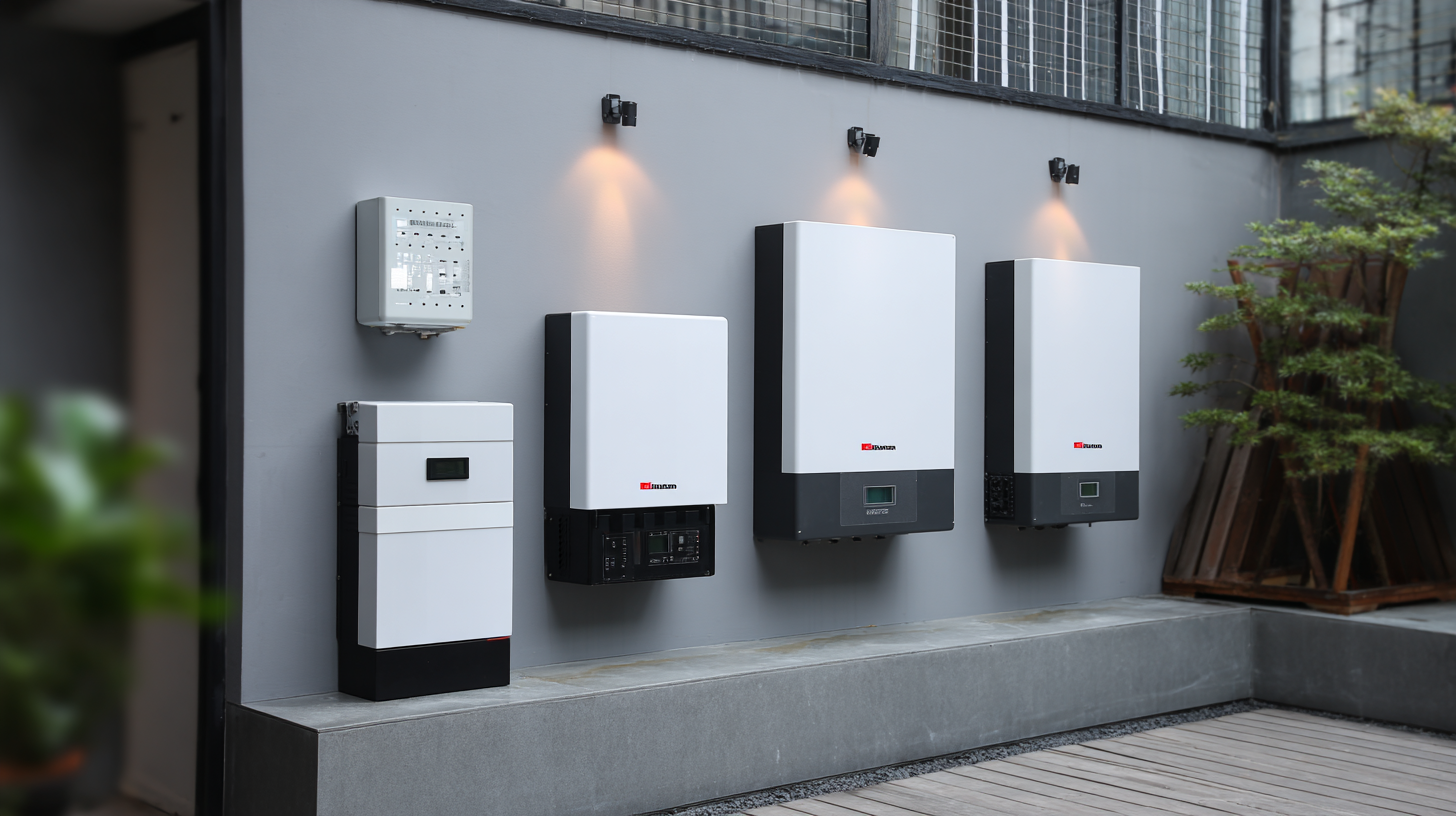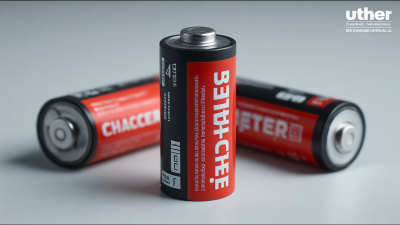How to Choose the Right Solar Battery for Your Energy Needs
As the global shift towards renewable energy accelerates, the demand for efficient energy storage solutions, particularly solar batteries, has surged. According to the International Energy Agency (IEA), solar capacity expansions are projected to triple by 2030, leading to an increasing need for robust solar battery systems to store excess energy generated during peak sunlight hours. A recent report from BloombergNEF highlights that energy storage investments are expected to exceed $620 billion over the next decade, emphasizing the crucial role solar batteries play in achieving energy independence and sustainability. Selecting the right solar battery is essential for homeowners and businesses alike to maximize their energy efficiency and resilience. This guide will explore the key factors to consider when choosing a solar battery, ensuring that your selection aligns with your unique energy needs and goals.

Understanding Your Energy Requirements for Solar Battery Selection
When selecting the right solar battery for your energy needs, understanding your energy requirements is crucial. The capacity of the battery should align with your daily energy consumption and the peak solar energy production times. For instance, if your household utilizes around 30 kWh per day, a battery with a capacity that allows for a full day of supply, along with some buffer for cloudy days or increased usage, would be essential. Consideration of your peak load demands is also vital to ensure your system effectively manages the energy influx from solar panels.
In addition, it's important to assess the recent trends and advancements in battery technology. The market for renewable energy storage, particularly flow batteries, is expected to grow substantially, with a projected CAGR of 18.02% from 2024 to 2031, signaling an increasing demand for effective storage solutions. The evolution of technologies, such as bi-hybrid solar batteries and integrated energy solutions, emphasizes the need for consumers to remain informed about the latest options. As household solar installations continue to rise, leveraging advancements in energy storage can help optimize energy management, improving efficiency and sustainability in daily energy usage.
Exploring Different Types of Solar Batteries Available in the Market
 When selecting a solar battery, it's essential to understand the various types available in the market to meet your energy needs.
Lithium-ion batteries are among the most popular choices due to their high energy density and longer lifespan.
Unlike traditional lead-acid batteries, lithium-ion options offer faster charging times and require less maintenance, making them suitable for both residential and commercial use.
Their ability to withstand deep discharges also enhances their efficiency, especially in areas with inconsistent sunlight.
When selecting a solar battery, it's essential to understand the various types available in the market to meet your energy needs.
Lithium-ion batteries are among the most popular choices due to their high energy density and longer lifespan.
Unlike traditional lead-acid batteries, lithium-ion options offer faster charging times and require less maintenance, making them suitable for both residential and commercial use.
Their ability to withstand deep discharges also enhances their efficiency, especially in areas with inconsistent sunlight.
On the other hand, lead-acid batteries present a more cost-effective solution, especially for those with budget constraints.
They are reliable and widely available, but they do have a shorter lifespan and require regular maintenance to ensure optimal performance.
In addition to these, newer technologies such as flow batteries and saltwater batteries are gaining traction, offering unique benefits like scalability and reduced environmental impact.
Assessing your specific energy consumption patterns and understanding these different battery types will help you make an informed decision tailored to your solar energy system.
Factors to Consider: Capacity, Lifespan, and Warranty of Solar Batteries
When selecting a solar battery to meet your energy needs, it's crucial to consider several key factors, including capacity, lifespan, and warranty. Battery capacity, measured in amp-hours (Ah), determines how much energy the battery can store. Assessing your energy consumption patterns is essential to select a battery that can handle your daily needs. A higher capacity battery may be appropriate for households with significant energy demands, ensuring that you have sufficient power during low-sunlight periods.

Lifespan is another pivotal factor. Most solar batteries have a lifespan of 5 to 15 years, depending on the technology used. Lithium-ion batteries generally offer longer lifespans compared to lead-acid alternatives. It's vital to evaluate the depth of discharge (DoD) as well, as frequent deep discharges can significantly reduce battery life. Lastly, the warranty offered by manufacturers provides insights into the battery's reliability and expected performance. A long warranty period often indicates the manufacturer's confidence in their product, which can be an essential aspect to consider for your investment in solar energy.
Evaluating Your Home's Solar System Compatibility with Battery Options
When considering a solar battery for your home, it is crucial to evaluate your existing solar system's compatibility with potential battery options. Start by assessing the voltage and operational capacities of your current solar panels. Most solar systems operate at either 12V, 24V, or 48V; thus, selecting a battery that matches this specification ensures optimal performance and safety. Additionally, examine the inverter type—whether it's a grid-tied or off-grid system—as this will influence the choice of battery technology.
Next, consider your energy consumption patterns. Analyze your utility bills and monitor your daily energy usage to determine how much storage capacity you need. This will help you identify if a deep-cycle lead-acid battery or a more advanced lithium-ion option is more suitable. Furthermore, take into account the expected lifespan and warranty of the batteries, as some may offer longer service periods and better efficiency. By aligning your energy needs with the specifications of various batteries, you can make an informed decision that enhances the overall efficiency of your solar energy system.
How to Choose the Right Solar Battery for Your Energy Needs
| Battery Type | Capacity (kWh) | Depth of Discharge (%) | Cycle Life | Efficiency (%) | Warranty (years) |
|---|---|---|---|---|---|
| Lithium-ion | 10 | 80 | 3000 | 95 | 10 |
| Lead Acid | 12 | 50 | 1000 | 85 | 5 |
| Saltwater | 8 | 100 | 3000 | 90 | 10 |
| Nickel-based | 15 | 70 | 2000 | 80 | 7 |
Cost Analysis: Budgeting for Your Solar Battery Investment
When investing in a solar battery, understanding the cost analysis is crucial for budgeting your renewable energy project. First, consider the initial purchase price, which can vary significantly based on capacity, types of batteries, and brand. Lithium-ion batteries, while more expensive upfront, often have a longer lifespan and higher efficiency, potentially saving money in the long run. In contrast, lead-acid options might be cheaper initially but often require replacements or maintenance, which can increase overall costs.
In addition to upfront investment, calculate the total cost of ownership, including installation, maintenance, and any necessary upgrades to your solar system. Factor in potential savings on your electricity bills and how long it will take to recoup your investment. Look for incentives or rebates offered by local governments, which can also help reduce long-term expenses. By understanding both the immediate costs and the long-term financial implications, you can make an informed decision that aligns with your energy needs and budget.
Cost Analysis of Solar Batteries
This chart illustrates the average cost per kilowatt-hour (kWh) for different types of solar batteries. Understanding these costs can help you make informed decisions regarding your solar battery investment.
Related Posts
-

Future of Solar Battery Market by 2025 and How to Choose the Best Option for Your Needs
-

Essential Power Storage Battery Maintenance Checklist for Optimal Performance
-

7 Essential Tips for Choosing the Right Solar Battery for Your Needs
-

How to Maximize Energy Storage Efficiency with Vanadium Redox Flow Batteries
-

5 Practical Tips for Maximizing Energy Storage Battery Efficiency
-

Ultimate Guide to Choosing the Best Rechargeable Lithium Batteries for Your Devices: Expert Insights & Data
